Gyeongju, Gyeongsangbuk-do, South Korea – Sunday, June 12th, 2011
While not a large city by traditional measures, Gyeongju has outsized importance within Korean culture due to its rich history as the former capital of the ancient Silla kingdom, which today has left the city with several UNESCO World Heritage sites and made Gyeongju one of the most popular cities in Korea for cultural tourism. The city also has an amusement park.
Wanting to strike a balance of both experiences, I asked the hostel owner the night of my arrival what a good itinerary might look like if I were to start my day at Gyeongju World. He awkwardly hesitated, then made an honest plead: “Please don’t go there. It’s for children. Use that time for anything else.”
I gently made it clear I would definitely NOT be taking that part of his advice, and we soon came up with a pretty good (if only slightly soul-crushing for him) post-park plan for me to visit the nearby Bulguksa temple and Seokguram grotto once I had my fill of coasters. (If I had allowed myself more time in South Korea, I would have scheduled an extra day in Gyeongju to take in many more of the cultural and historic sites. My host was correct that one day is definitely not enough, with or without the amusement park.)
and Seokguram grotto once I had my fill of coasters. (If I had allowed myself more time in South Korea, I would have scheduled an extra day in Gyeongju to take in many more of the cultural and historic sites. My host was correct that one day is definitely not enough, with or without the amusement park.)
Wanting to make sure I had a head start on the day and didn’t waste any time, I left early for Gyeongju World. Too early, as it turned out, as I arrived well over 45 minutes before the ticket booths even opened, which gave me some time to grab a small breakfast from a nearby service station and stroll along a picturesque lake trail on my way back to the entrance.
Gyeongju World is a park in transition. It clearly started as a low budget carnival-style amusement park in the 1980’s or possibly earlier, but had more recently decided to move in a more heavily themed park. The contrast between the two styles is stark, especially given the small area it occupies. On the one hand you have areas of the park that look like this…
But turn a corner and you’re suddenly in an area seemingly transplanted from Universal’s Islands of Adventure.
Phaethon is the park’s starring attraction, a B&M inverted coaster with heavy creative inspiration from Universal’s original Lost Continent zone, combining elements of Dueling Dragons, Poseidon’s Fury, and the Flying Unicorn into a single attraction.



 Design and installation was evidently handled by a company called TF Design Co. from Seoul, although I’m not certain if a western company such as Forrec (who designed later park expansions) was also involved given the quality suggesting this was clearly not a first-time project.
Design and installation was evidently handled by a company called TF Design Co. from Seoul, although I’m not certain if a western company such as Forrec (who designed later park expansions) was also involved given the quality suggesting this was clearly not a first-time project.
Phaethon opened in 2007 as the last of B&M’s mid-period inverted coasters until OzIris and Banshee arrived later the following decade, both after my visit in 2011. While the end of an era for B&M, it was clearly the beginning of a new era for Gyeongju World.
The element sequence of Phaethon is basically identical to Raptor, but updated to the more graceful, flowing design style seen on later coasters like Silver Bullet or Black Mamba. I’m not sure if B&M was simply feeling nostalgic for Raptor and suggested this layout themselves, or if one of the park planners had an old footprint for Raptor on file and asked B&M to built a copy for them, which the Swiss firm agreed to with a few modifications to the design. Either way, given that I very much appreciate Raptor, I was very curious to see how this “evolved” version of the layout compared.
It begins with a 147 foot tall lift and curving drop.
Straight into the signature vertical loop.
Zero gravity barrel roll.
Directly into a cobra roll.
The biggest difference is the lack of a mid-course block brake, which is instead replaced with a couple over-banked wave curves in a big helix.
A corkscrew, banked turn, corkscrew combo.
Finishing directly into a tight descending helix.
After my first couple of rides, I was surprised by how vastly superior… Raptor still is. I really wanted to like Phaethon but it just landed very flat for me. It had none of the intensity of Raptor or even Silver Bullet, and largely ironed out all the unique character that makes Raptor such a strong design, leaving it only with Raptor’s fairly generic element sequence, like the muzak version of a beloved song. The little straight speed run anticipating the cobra roll, the middle aerial lull of the midcourse brake, the tease just before the final corkscrew, or the sheer sustained intensity of the final helix. Phaethon pretty much stays at the same middling intensity level and pacing rhythm from beginning to end, with all the elements smoothed together until no particular moment stands out in contrast against any other. Phaethon is taller than Raptor but it feels like much less of a ride. Phaethon captures neither the best aspects of the old-school nor recent inverted coaster designs, and probably falls in the bottom third of B&M inverts I’ve tried as a result. Of course that means it’s still a very good ride to seek out if you’re in Korea, but certainly not one I would recommend a trip to Korea specifically for if you have nearly any other large B&M inverted coaster closer to home.
A nearby Ferris Wheel offered many of the aerial views of Phaethon, the park, and surrounding landscape.
Gyeongju World is arranged in a couple of theme zone, although the distinction between them isn’t always clear. Phaethon, for example, anchors the X-Zone, although what exactly the unifying theme identity was wasn’t entirely clear.
A children’s area named Wizard Garden was found nearby.
In any event, the themed concepts mostly vanish towards the back of the park, where several older attractions still are found.
Dragon 2 Loop Coaster was the third portable Zamperla powered coaster model I found in Korea.
The second largest coaster at the park was Space 2000, built by Meisho Amusement Machines in 1991, when it apparently also had the name of “Atomic Coaster” in English.
The layout appears to copy the design of Vekoma’s Whirlwind model, with two non-consecutive corkscrews packed into a tight footprint. It even includes a tunnel.
I haven’t been on a Vekoma Whirlwind although I’ve not heard great things about them. Be that as it may, I’m fairly certain Meisho’s version in Space 2000 was a definite downgrade. The banking and shaping of those transitions did not inspire confidence.

 Nor did the run-down quality of the rolling stock.
Nor did the run-down quality of the rolling stock.
Sure enough, the ride was thoroughly awful from beginning to end. Quite possibly the worst coaster I’d ride anywhere in Asia, which is a distinctive accomplishment. The coaster was torn down in 2015, and later replaced with a new “Snow Sled Garden” alpine theme area in 2018 that included the Gyeongju World’s second B&M, a dive coaster clone of Griffon named Draken.
Perhaps equally atrocious as Space 2000 (if not somewhat ingenious): a quick lunch of a combo popcorn chicken and soda served in a stackable cup. It keeps the bottom of your chicken refreshingly cold while gently warming the top of your beverage!
There was some evidence of a “middle phase” of the park’s thematic evolution. They’re starting to put in an effort, yet still… lots of questions.
Despite having a coaster named Space 2000 elsewhere in the park, there was a small separate themed zone named Space City, which I believe may also have been removed at the same time.
The main attraction here is Space Tour indoor coaster. The coaster opened a couple hours after the park and became the last ride I’d try. I meant to get there as soon as it opened, but was a bit delayed a short line had already formed.
The good news was the indoor queue only went several meters around a corner to reach the loading platform. The bad news was the coaster cars could only fit 1-2 riders at a time, which meant the 30 or so people in line ahead of me still took the better part of a half hour to wait through.
The ride was a Jungle Mouse style coaster built in 1985. It was enclosed and given its space theme in 2006. While it was easily the second best coaster in the park (not a difficult achievement), with the pitch black interior and tight turns feeling like a faster Pretzel dark ride, the old age of the hardware and poor capacity were obvious factors for its eventual removal in 2015.
I ended up spending about four and a half hours in the park, most of that time spent on Phaethon besides a single lap on the few other coasters and attractions of interest. Even with the addition of Draken I doubt anyone would need more time than that. Much like the city it’s located in, Gyeongju World is quite small and unassuming by most traditional measures, yet manages to make itself a “must-see” for visitors in Korea. Gyeongju World is somehow home to the only B&M coaster(s) on the Korean peninsula, and now with Draken it also became the only Korean park with more than one large modern coaster from a world class manufacturer. While it’s certainly not the only small park in the world to ever acquire a B&M, it is perhaps the one park where the contrast between the scale of those coasters and the rest of the park is so quite great. Which makes it an ideal “short stay” theme park for a coaster traveler on a busy itinerary. Fortunately, a couple of UNESCO World Heritage sites are quite literally just down the street.
anyone would need more time than that. Much like the city it’s located in, Gyeongju World is quite small and unassuming by most traditional measures, yet manages to make itself a “must-see” for visitors in Korea. Gyeongju World is somehow home to the only B&M coaster(s) on the Korean peninsula, and now with Draken it also became the only Korean park with more than one large modern coaster from a world class manufacturer. While it’s certainly not the only small park in the world to ever acquire a B&M, it is perhaps the one park where the contrast between the scale of those coasters and the rest of the park is so quite great. Which makes it an ideal “short stay” theme park for a coaster traveler on a busy itinerary. Fortunately, a couple of UNESCO World Heritage sites are quite literally just down the street.
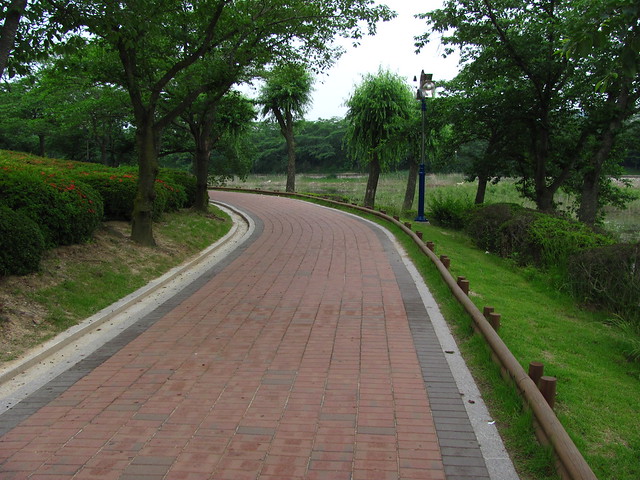






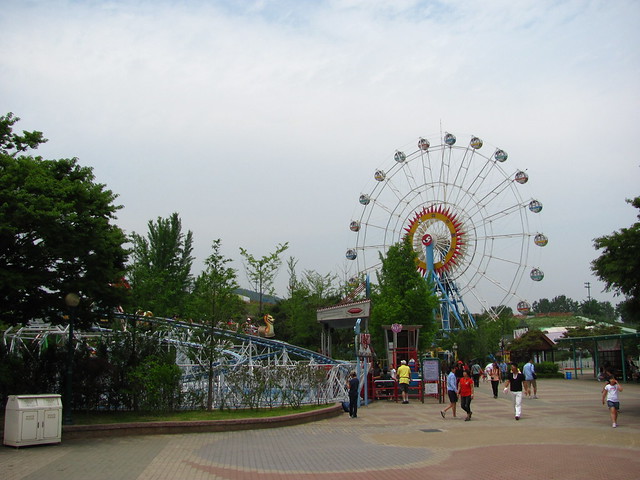

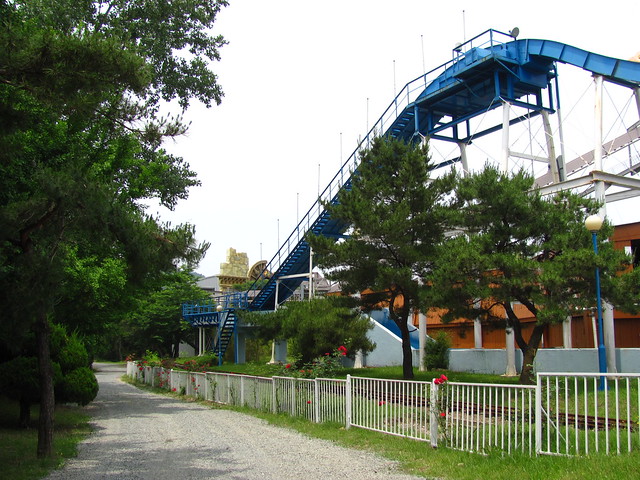





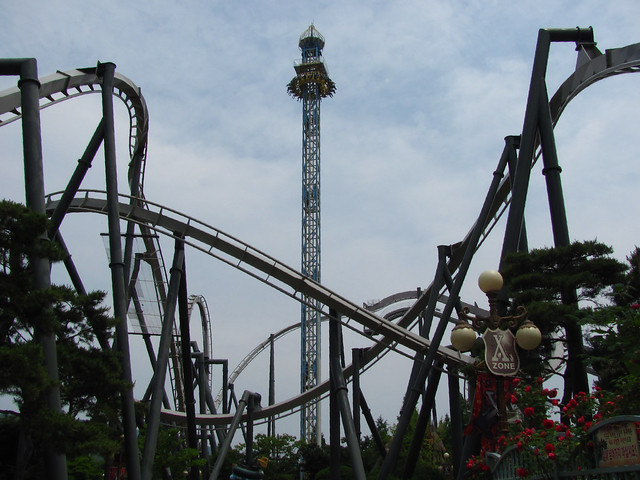

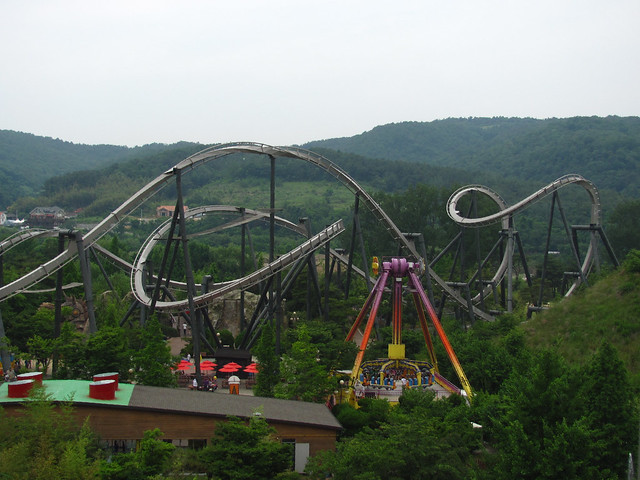









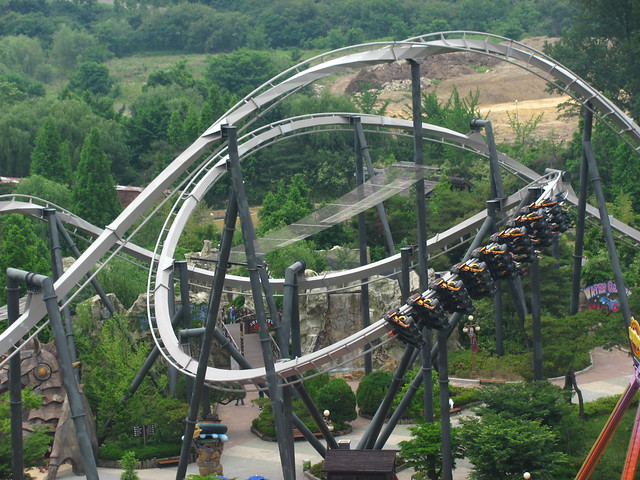





















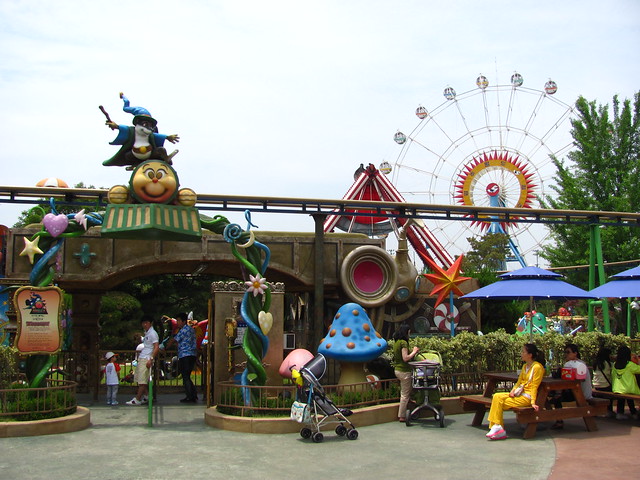























Comments